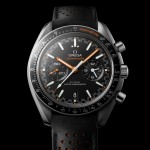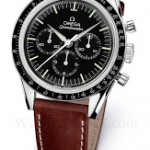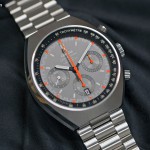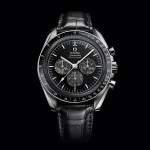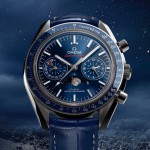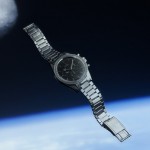Omega Introduces the Spirate Hairspring in the Speedmaster Super Racing
A tiny but revolutionary innovation.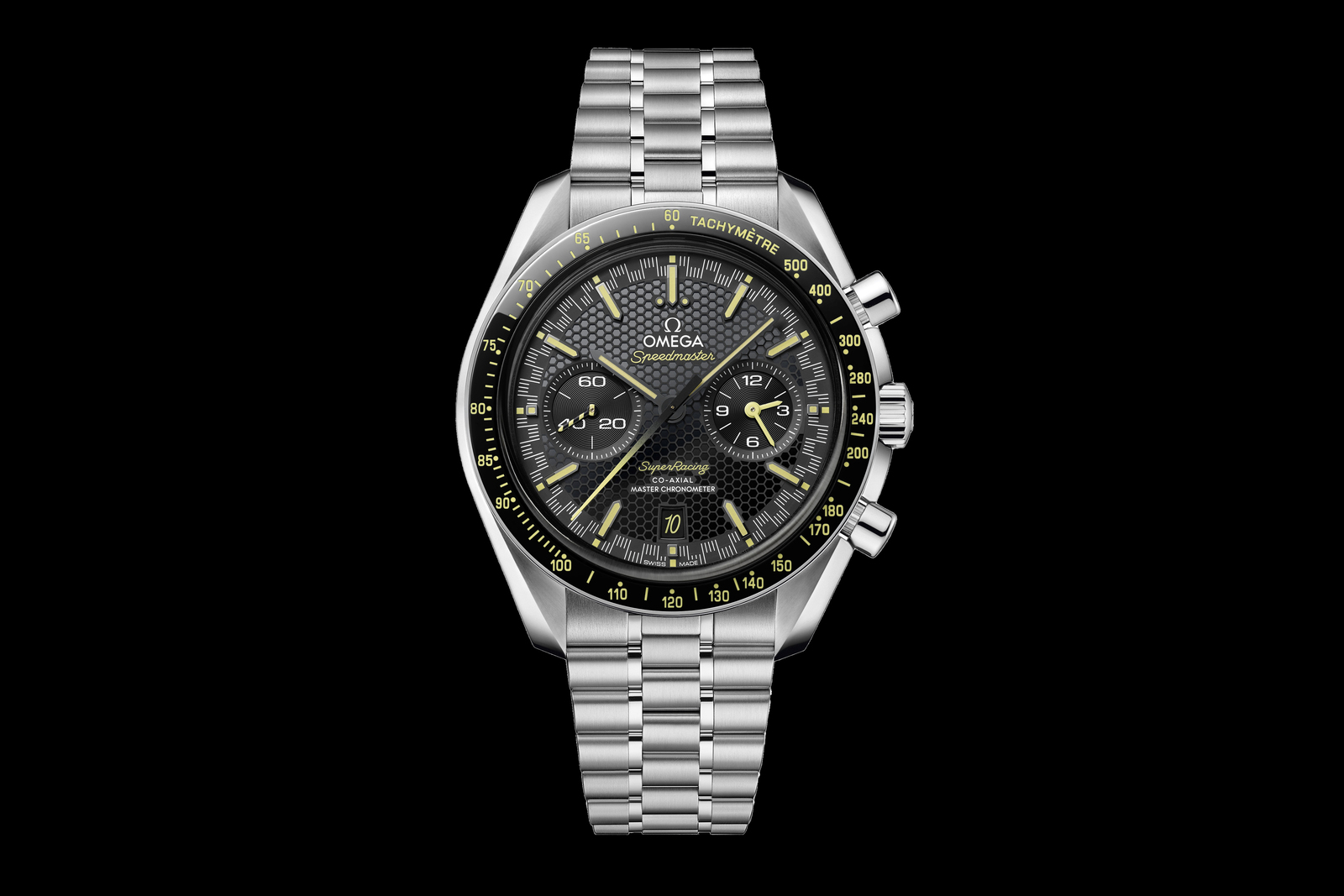
Having teased about a new innovation on social media for several weeks, specifically a “tiny device” that would be a game-changer for the Speedmaster, Omega has finally revealed the Speedmaster Super Racing. But the star of the show is not the watch but actually the technology in the all-new silicon hairspring within the latest Speedmaster.
Known as Spirate, a portmanteau of “silicon” and “rate”, the new hairspring has a proprietary form that allows a watchmaker to vary the tension along its length, theoretically enabling fine adjustment of up to a tenth of a second. The result is a watch certified to have a daily rate of 0/+2 seconds, the most stringent timekeeping criteria amongst Omega watches.
Initial thoughts
While it is a given that Omega debuts a new Speedmaster every year, several of them at a go in fact, the revolutionary innovation in the hairspring was unexpected (though anyone who was trawling the Swiss patent registry would have gotten some hints).
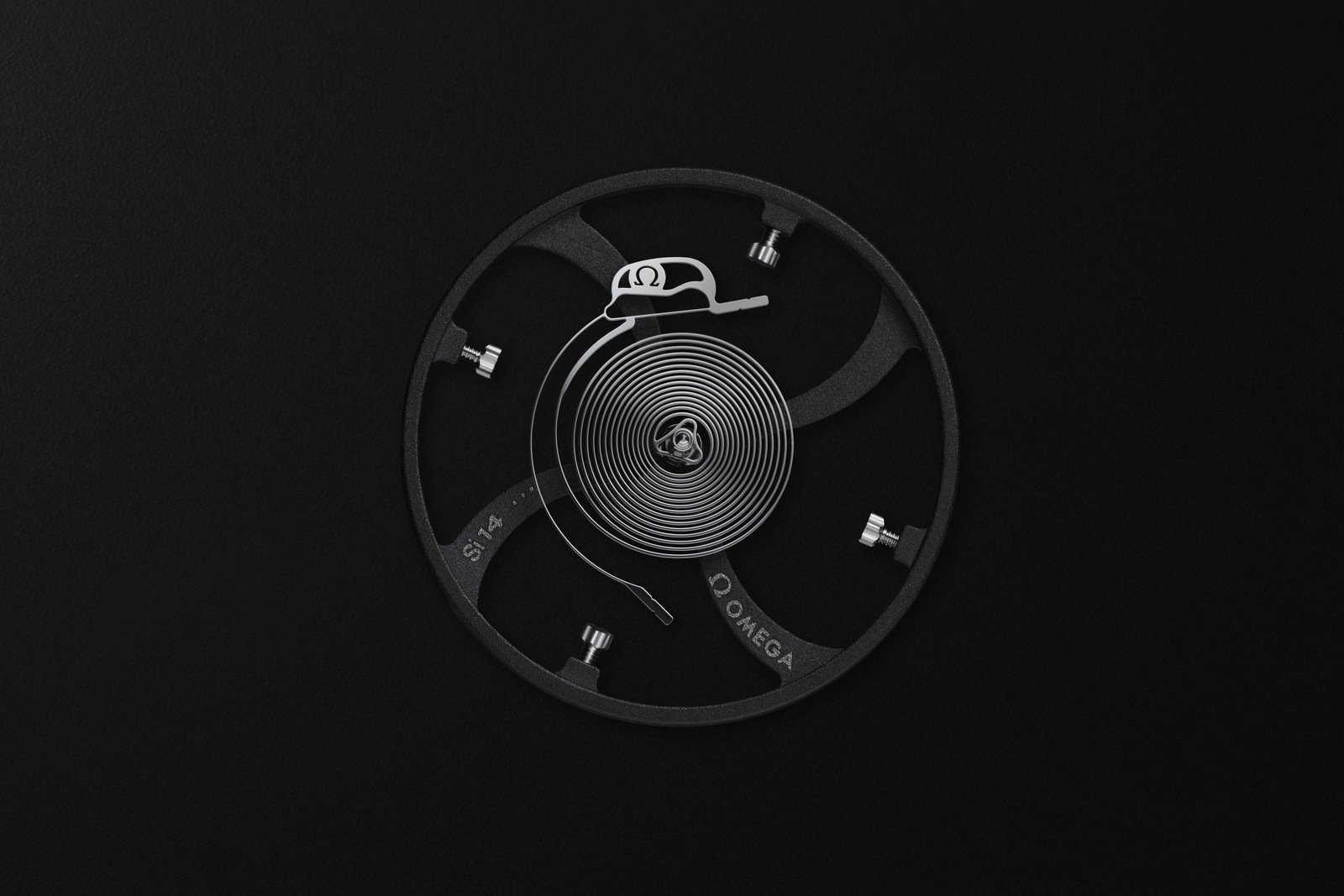
The patented Spirate hairspring
The technical innovation behind Spirate is unquestionable, though the benefit to the wearer is probably less than the advantage it brings Omega in terms of streamlining regulation during production and assembly. And when Omega starts equipping its offerings with Spirate on a large scale, it will be an achievement from the perspective of industrial production.
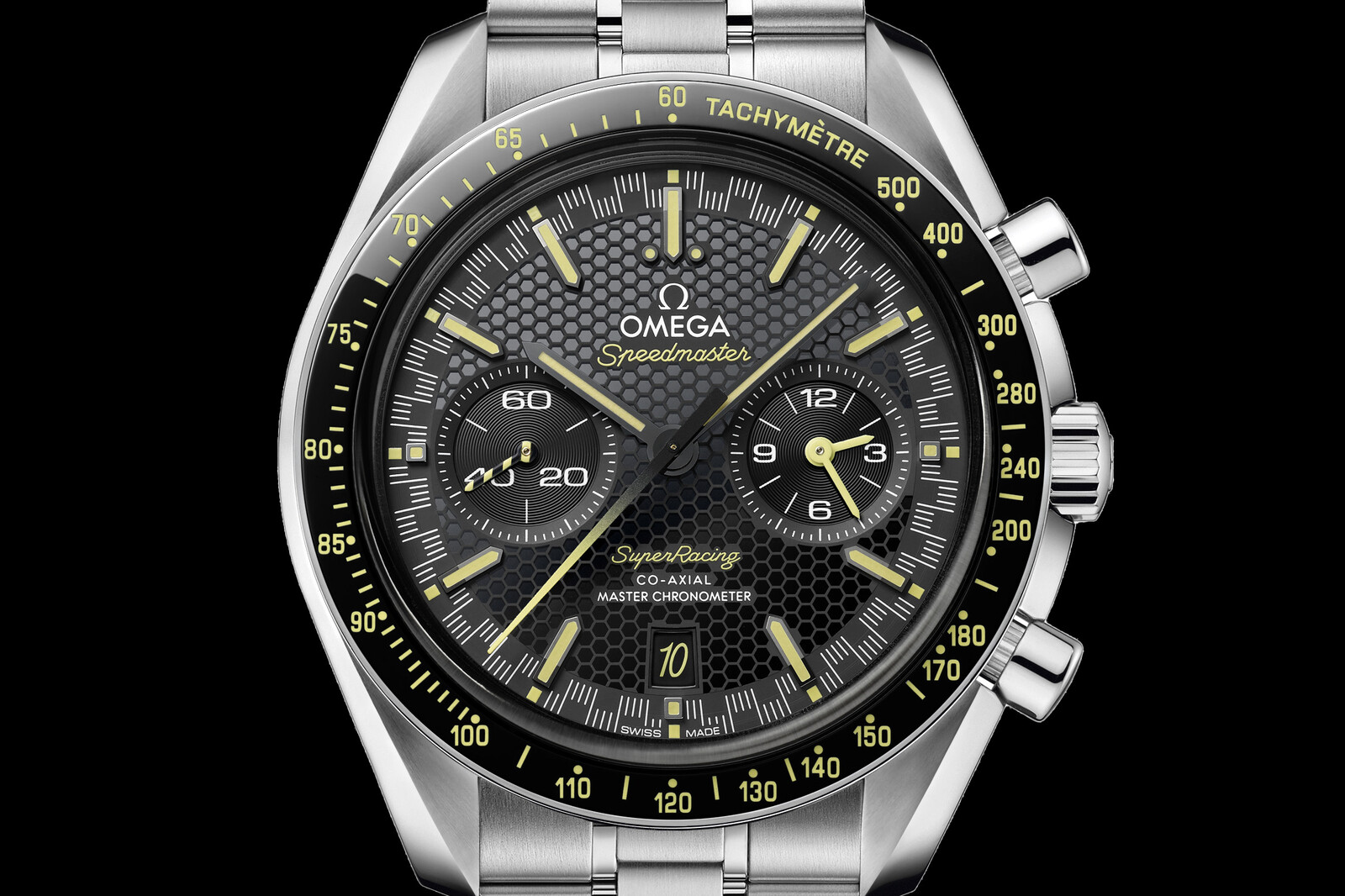
As for the Speedmaster Super Racing itself, well, the watch is less than spectacular. Visually it’s similar to existing models in the Racing collection, but dressed up with a bodykit that includes a honeycomb dial and italic font for the date. Like its counterparts in the line-up, the new Speedmaster is a large watch, too large in fact, at over 44 mm in diameter and almost 15 mm high. Omega could have made more of the opportunity to showcase a proper sports chronometer, but innovation took priority over design.
What Exactly is Spirate?
Spirate is a patented hairspring made entirely from silicon, essentially a more accomplished version of the Si14 silicon hairspring long used by Omega. Silicon hairsprings have been in use for almost two decades, so much of the innovation about them is concerned with their shape and regulation, particularly since standard silicon hairsprings cannot be regulated with traditional methods.
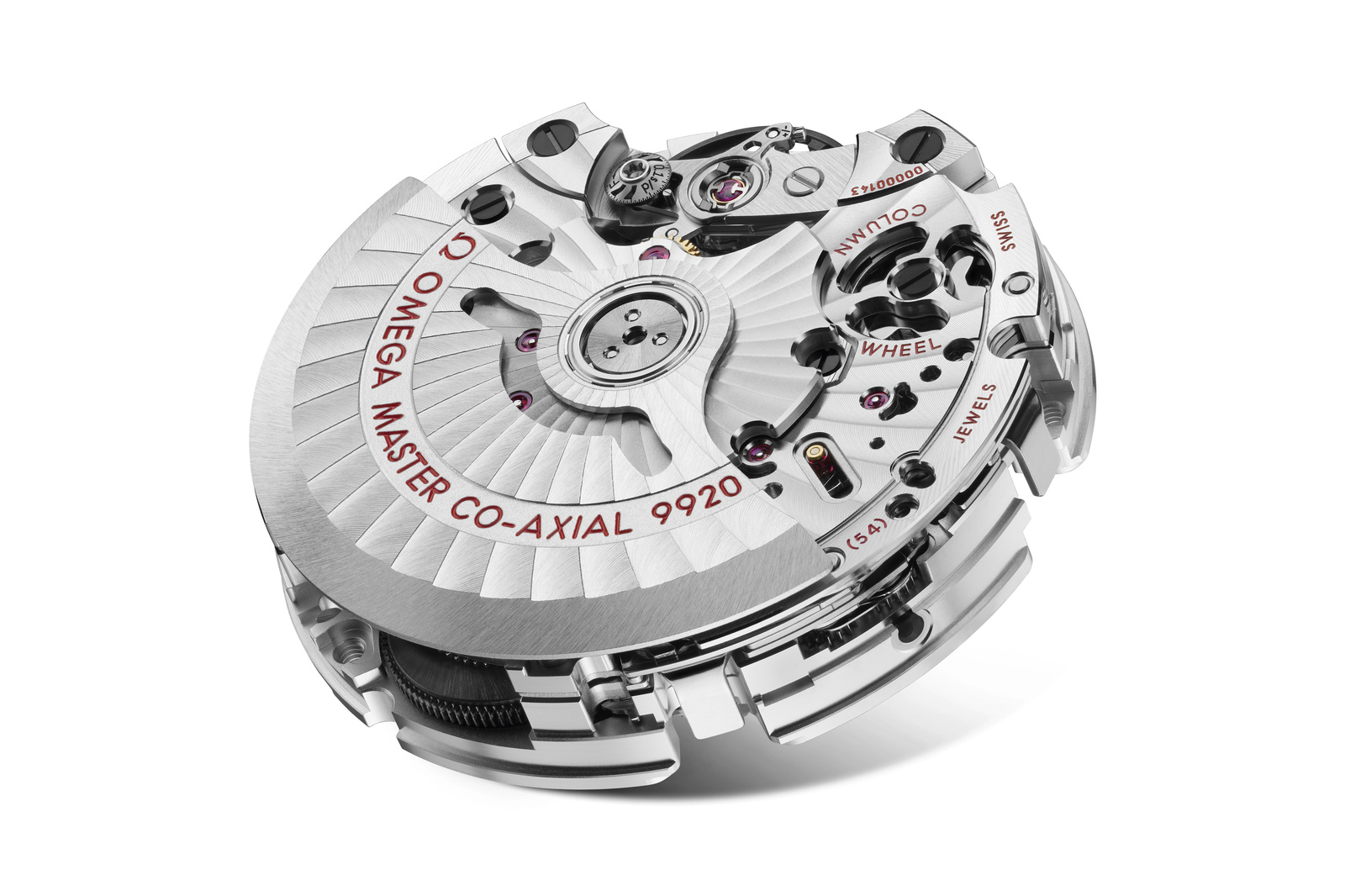
Traditional regulation methods are twofold. One is the use of regulator pins to change the effective length of the hairspring, shortening it, for instance, results in the watch running faster. The other is changing the inertia of the balance by adjusting the position of the weights on the rim of the balance. Moving the weights outward increases inertia, thus resulting in a watch running slower. Most high-end modern watches produced on a large scale, including those from Omega, opt for the latter solution, leaving the hairspring to operate on its own.
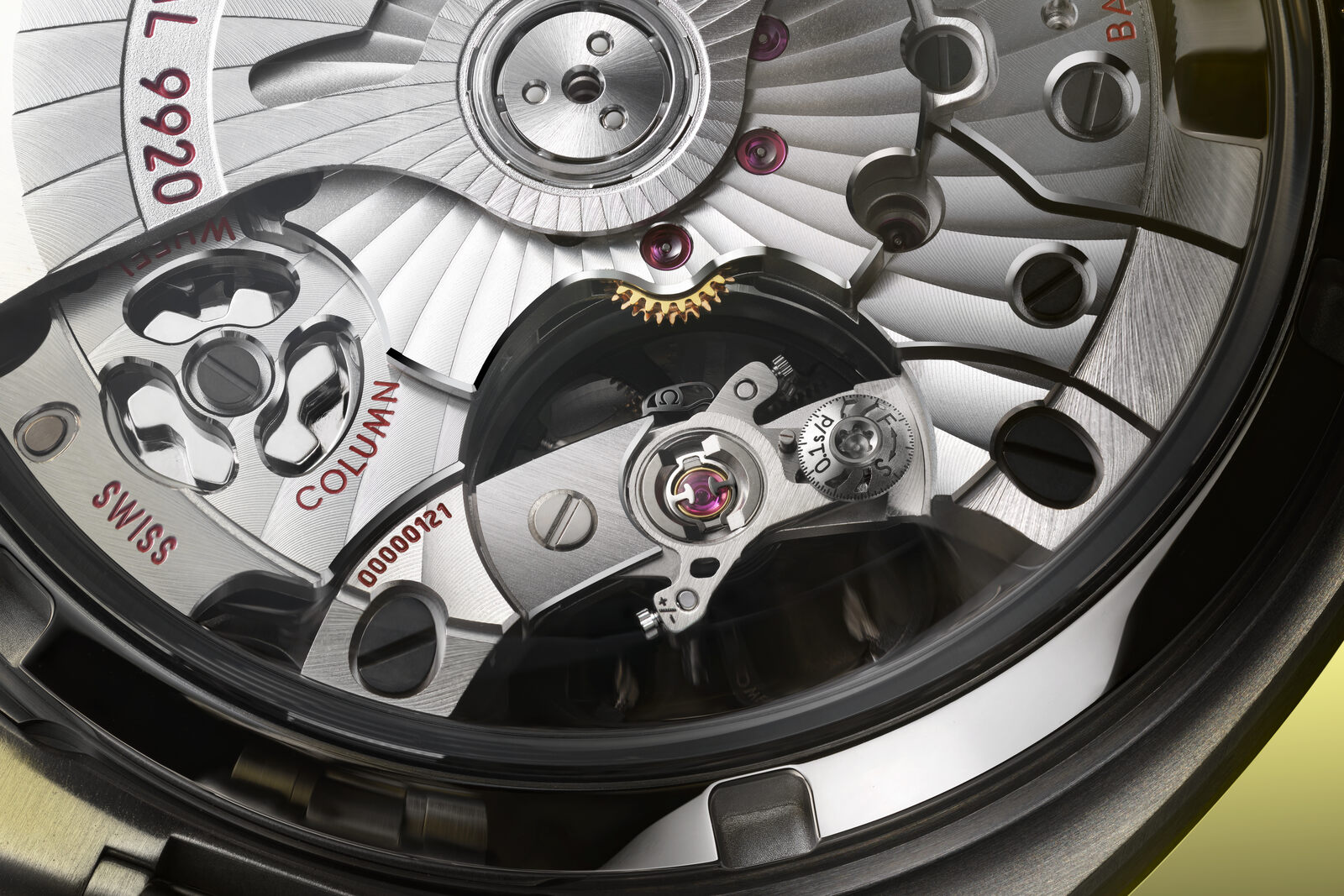
The micrometer screw that allows for precise regulation
With Spirate, Omega has created the first adjustable silicon hairspring. A watchmaker can adjust the tension, easily according to Omega, via a micrometer screw on the balance bridge, rotating the screw to increase or decrease tension within the hairspring. In theory, this allows the movement to be fine-tuned with a resolution of up to a tenth of a second.
Spirate presumably speeds up the regulation process during production. As the movement retains the variable-inertia balance, it can be first regulated via the balance and then fine-tuned via the micrometer screw. The same would then happen during servicing, reducing the lead-time for overhauls.
Racing style
The Speedmaster Super Racing has a 44.25 mm case that’s 14.9 mm in height, essentially the same case as the current Speedmaster Racing models.
The main difference lies in the dial, which is now a black honeycomb with generous yellow accents. The aesthetic is modelled on a concept watch presently in the Omega Museum that was an experimental watch built to withstand extraordinarily high magnetic fields of up to 160,000 Gauss (which also inspired the Seamaster Aqua Terra 15,000 Gauss from 2013).
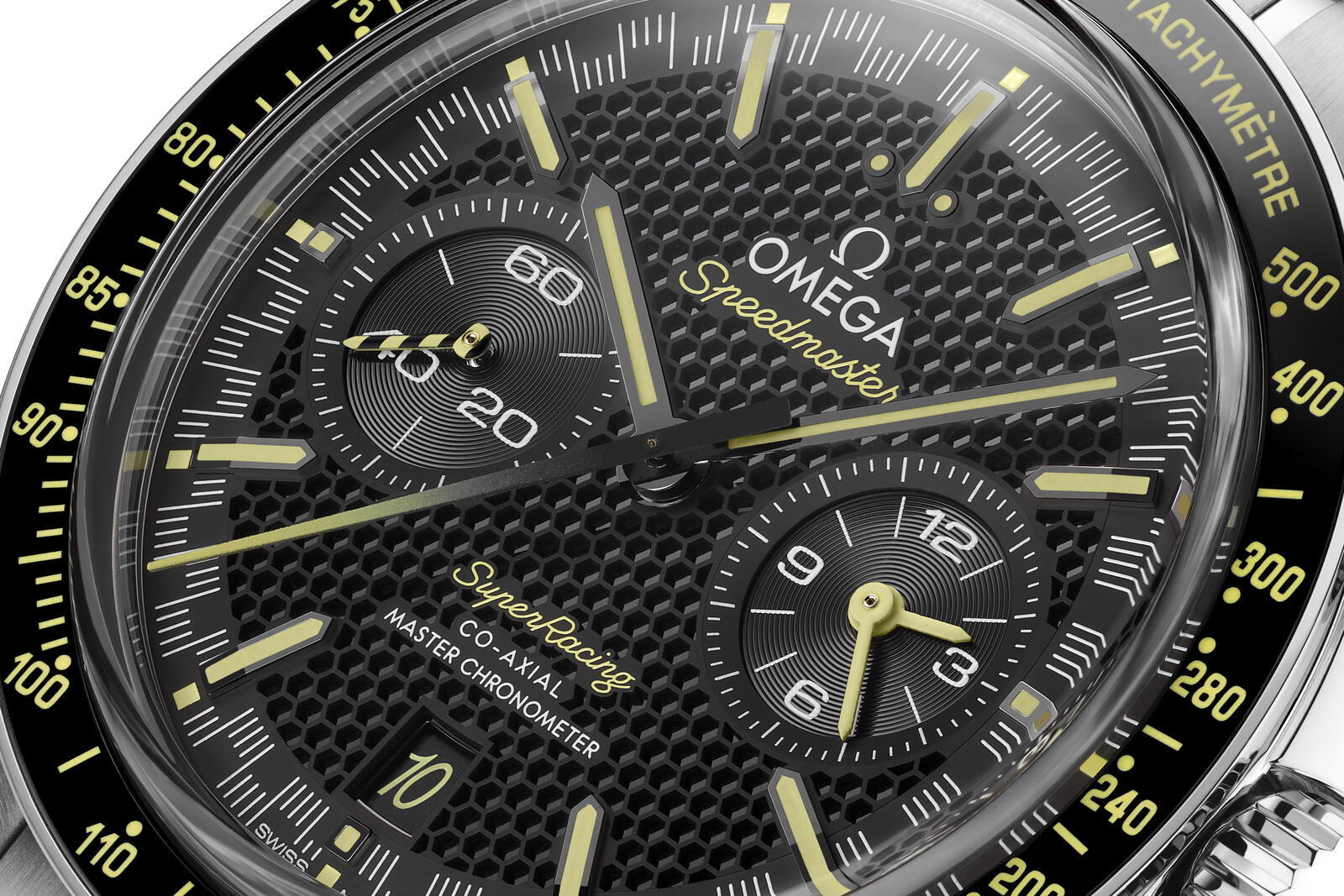
The Speedmaster Super Racing features a display back revealing the cal. 9920, a variant of the familiar cal. 9900 found across the Omega catalogue, with the key difference being the Spirate hairspring.
As is typical for Omega’s upper-end movement, the cal. 9920 is certified by METAS, making it a Master Chronometer. Besides chronometric performance, the certification also assures high levels of magnetism resistance.
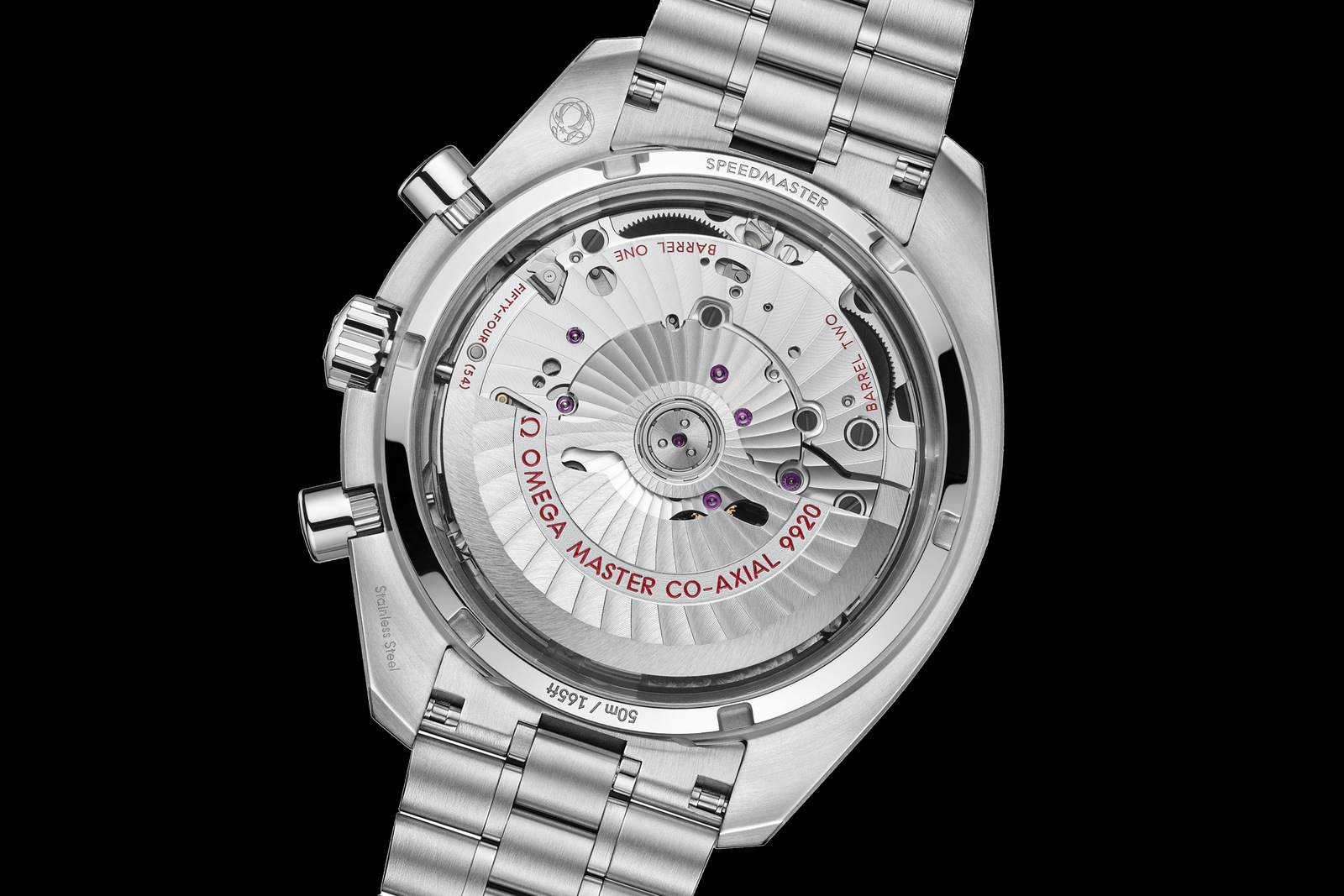
The cal. 9920
Key facts and price
Omega Speedmaster Super Racing
Ref. 329.30.44.51.01.003
Diameter: 44.25 mm
Height: 14.9 mm
Material: Steel
Crystal: Sapphire
Water resistance: 50 m
Movement: Omega 9920
Features: Co-Axial escapement, Spirate system (0/+2 per day), Si14 balance spring, column wheel chronograph and resistant to magnetism of up to 15,000 Gauss
Frequency: 28,800 beats per hour (4 Hz)
Winding: Automatic
Power reserve: 60 hours
Strap: Steel bracelet and fabric strap
Limited edition: No
Availability: At Omega boutiques and authorised retailers.
Price: US$11,000; or 16,300 Singapore dollars
For more, visit Omegawatches.com.
Back to top.

